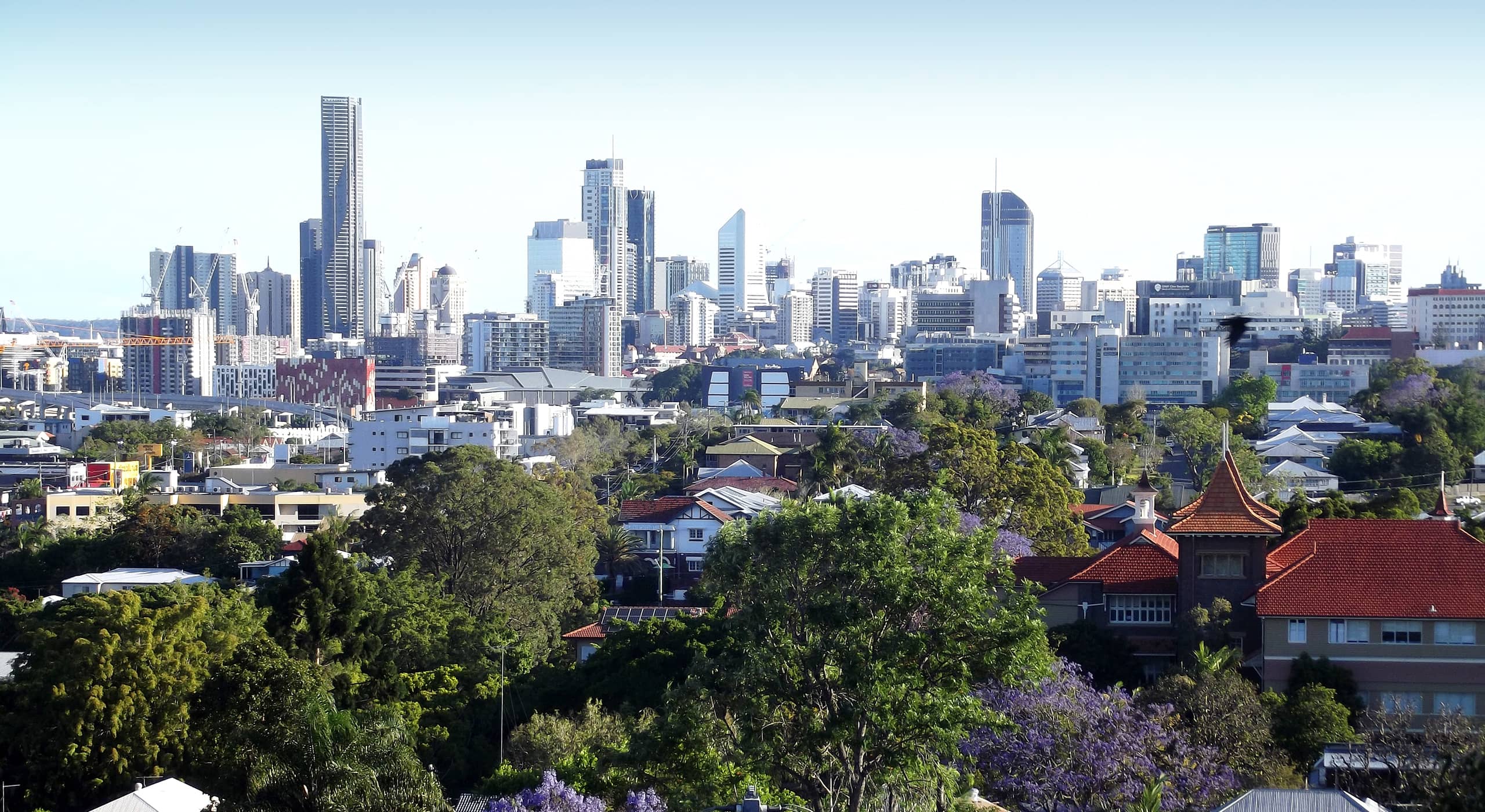 The Reserve Bank Board has left the official cash rate at 2.75 per cent for the second straight month. In May the RBA cut the cash rate by 25 basis points to the lowest levels recorded in 53 years. The next RBA Board meeting is on August 6 2013.
The Reserve Bank Board has left the official cash rate at 2.75 per cent for the second straight month. In May the RBA cut the cash rate by 25 basis points to the lowest levels recorded in 53 years. The next RBA Board meeting is on August 6 2013.
The interest rate statement was once again short at just 360 words. Basically the Reserve Bank left rates on hold cause the falling Australian dollar is helping to re-balance the economy and stimulate activity. In addition rates are low enough to boost economic growth. But if the economy continues to lag and inflation stays low, the Reserve Bank has vowed to cut rates further.
What does it all mean?
• Economists were in agreement that rates wouldn’t fall this month. And financial market pricing suggested only a 18 per cent chance of a rate cut. And indeed this month there were no surprises. The continued improvement in the health of the US economy, together with a weaker Aussie dollar, provided sufficient reasons for the Reserve Bank to keep rates on hold for this month. But the Reserve Bank warned last month that it would do what it takes to restore growth, and indeed the central bank still has plenty of ammunition left.
• One of the key drivers of keeping interest rates on hold concerns the Aussie dollar. The Aussie dollar has fallen by over 12 per cent in the past two months and it is already starting to have a significant impact in rebalancing the economy and supporting activity. The latest manufacturing reading has highlighted that the sector does seem to be on a recovery path as exports receive a boost from the cheaper Aussie dollar. In addition Aussie farmers have been enjoying historically high prices global prices which will result in higher incomes given the falling currency. In fact all manner of exports will benefit from recent currency weakness.
• Interest rates are sufficiently low to get consumers and businesses borrowing again. But the “new conservatism” continues with people more comfortable about using their own funds to make purchases. And the question that needs to be asked is would another rate cut make all the difference to activity levels? Unlikely. The long drawn out Federal election campaign is the main driver of uncertainty, and most businesses want the election out of the road before committing to major new spending or investment. The Reserve Bank is likely to take a cautious approach to further rate cuts, particularly given that interest rate sensitive areas of the economy, like housing are starting to respond to low rate settings and in addition confidence levels should rebound after the election.
Interest rate decision and past cycles
• The Reserve Bank Board has left the cash rate at a 53-year low of 2.75 per cent. The previous rate cuts were in May 2013 (25 basis points), December 2012 (25 basis points), October 2012 (25 basis points), June 2012 (25 basis points), May 2012 (50 basis points) and November and December 2011 (each by 25 basis points). Prior to those moves the Reserve Bank had previously lifted rates seven times from October 2009 to November 2010 – a total of 1.75 percentage points, from 3.00 per cent to 4.75 per cent.
• In the last rate-cutting cycle the cash rate fell to a low of 3.00 per cent in April 2009. In the previous rate-cutting cycle the cash rate fell to 4.25 per cent in December 2001. In the two previous rate-cutting cycles, the cash rate fell to lows of 4.75 per cent.
• The Reserve Bank looks more closely at the variable housing rate to gauge how close rates are to “normal”. Currently the variable housing rates of major banks are around 6.20 per cent, below the long-term average or “normal” rate of 7.20 per cent but still modestly above the 41-year low of 5.75 per cent recorded in April-May 2009.
What are the implications of today’s decision?
• Interest rate stability is a good thing. Many Aussies are worried when rates are cut from already super-low levels, as shown by the poor response of consumer and business surveys after the May rate cut. If rates are cut from high levels, the move provides relief. Rates that are cut from low levels raise questions about the true state of the economy.
• Certainly there is more activity in the housing market at present, but the response has been more by investors rather than owner-occupiers. Not only do analysts need to consider the environment, but also the different reaction funds of demographic groups, from Generation Y to baby boomers.
• The Reserve Bank has made mention in recent times that only “some” of the scope to ease policy was used, keeping some in reserve. The Reserve Bank has kept the easing bias firmly in place. So we continue to pencil in the risk of another rate cut in August after the inflation data released in late July. Of course if the Federal government looks at early timing for the election this would shift our view.
• The statement from the June meeting is on the right; the statement from today’s July 2013 meeting is on the left. Emphasis has been added to significant changes in wording in the recent statement.
Source – Savanth Sebastian, Economist, CommSec


